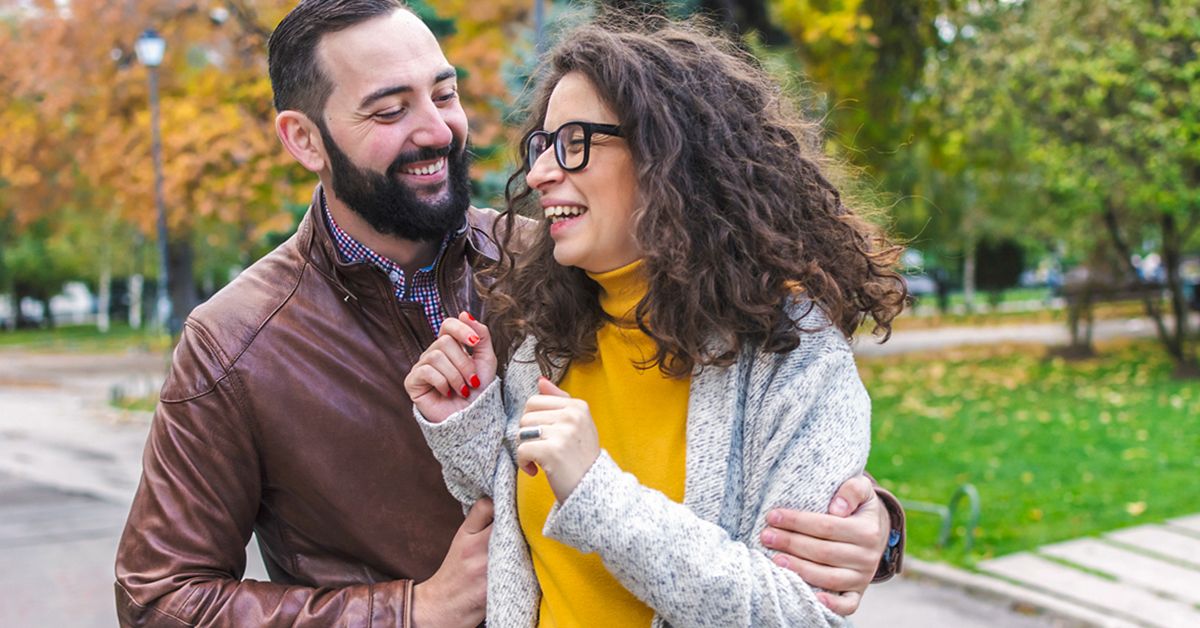
Stiff back: causes, prevention, and treatment
- Select a language for the TTS:
- UK English Female
- UK English Male
- US English Female
- US English Male
- Australian Female
- Australian Male
- Language selected: (auto detect) - EN
Play all audios:

Your back Do you have a stiff lower back? You’re not alone. At least once in their lifetime, about 80 percent of Americans experience lower back pain, according to a 2013 report. About one
quarter of U.S. adults reported in 2017 having lower back pain lasting at least one day in the previous three months. Why do I have back stiffness? The two most likely causes of your stiff
back are either a muscle or ligament strain or arthritis. MUSCLE OR LIGAMENT STRAIN You can strain your spinal ligaments and back muscles with repeated heavy lifting or a sudden awkward
movement. If you are not in good physical condition, constant strain on your back can result in muscle spasms that can be quite painful. ARTHRITIS Osteoarthritis affects our joints’
cartilage which acts as a shock absorber and lubricant where the bones touch and move against each other. It is also found in between the vertebrae — the bones that make up your spine. As
the cartilage in your spine dries out and shrinks, the vertebrae cannot move against each other as smoothly resulting in inflammation and tightness in your lower back. Although not common,
other forms of arthritis such as psoriatic arthritis and rheumatoid arthritis can also negatively impact joints including your spine. Why so I have a stiff back in the morning? It might be a
result of a period of inactivity or you might have a rare type of arthritis of the spine called ankylosing spondylitis that causes irritation and swelling between the spine’s discs and,
eventually, vertebrae fusing together. This condition occurs more frequently in men and could have a hereditary factor. Self-care for a stiff back Some home treatments may help with a stiff
back. * HEAT. Heat can increase blood flow to relax muscles and relieve joint ache. If you have arthritis or an injury more than six weeks old, heat can make it feel better. * ICE. Ice can
constrict blood vessels to numb pain and reduce inflammation. * ACTIVITY. Since bedrest can make stiffness worse, keep moving with light activity, such as yoga. Avoid activities that involve
twisting your back or heavy lifting. * PAIN MEDICATION. Over-the-counter pain relievers — such as aspirin, ibuprofen, acetaminophen and naproxen — may help with pain and stiffness. *
RELAXATION TECHNIQUES. Meditation, tai chi and controlled deep breathing help some people relax their back muscles to decrease stiffness and discomfort. * MASSAGE. Massage therapy is
designed to relax muscle tissue to reduce painful spasms and contractions. Alternative care for a stiff back TheAmerican College of Physicians recommends non-drug therapy as an initial
treatment for low back pain. Suggestions, to be administered by providers with appropriate training, include: * acupuncture * cognitive behavioral therapy * low level laser therapy *
mindfulness-based stress reduction * multidisciplinary rehabilitation Exercise can help strengthen your muscles and prevent low back pain in the future. When to visit your doctor Make an
appointment with your doctor if: * Your back stiffness has lasted more than a couple of weeks. * Your back stiffness makes it too difficult to carry out your usual activities. * Your back
stiffness is especially severe in the morning. * You notice pain and stiffness in areas, specifically muscles or joints. * You have been previously diagnosed with arthritis or another
condition, and your symptoms are getting worse. Get immediate emergency medical treatment if your back stiffness and pain is the result of an injury and you are unable to move. If you are
experiencing the following symptoms along with back stiffness and pain, you should also get medical treatment right away: * eye pain or visual changes such as blurred vision * weak legs or
sensation changes in your legs or groin * loss of control of your bowel and bladder function * fever and unusual fatigue Takeaway The good news is that lower back pain and stiffness
generally gets better over time regardless of treatment. With that in mind, there are a number of self-care steps you can take to address your stiff back and make yourself more comfortable.
If the stiffness persists or you have other symptoms, visit your doctor for a detailed diagnosis.
